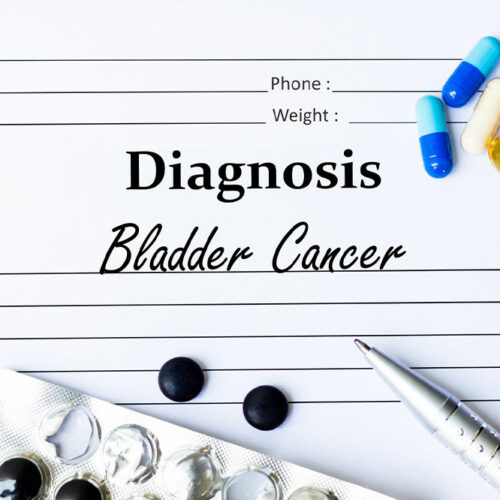Warning signs that could indicate bladder cancer

Bladder cancer is the sixth most common cancer in the country, affecting around 80,000 people every year. Most often, it begins in the urothelial cells that line the inside of the bladder and the ureters. This condition is generally diagnosed at an early stage, improving the chances of recovery. However, despite successful treatment, the cancer may recur. Here are some early warning signs of bladder cancer one must be aware of. Blood or clots in the urine (hematuria) This is one of the first signs of blood cancer. It may occur regularly, or appear and disappear over a few days or weeks. In the early stages, this bleeding is not accompanied by any pain or discomfort. However, blood in the urine could also be a symptom of other conditions such as kidney stones, bladder stones, noncancerous tumors, or other kidney diseases. Consulting a healthcare practitioner for a proper diagnosis can help rule out the possibility of any other diseases or infections. Moreover, it is important to note that blood from menstruation can show up on a woman’s urine test, causing a false-positive. In such cases, the doctor may recommend repeating the test. Changes in urination The following changes in urination are generally a result of benign tumors, infections, bladder stones, or an overactive bladder in men.






